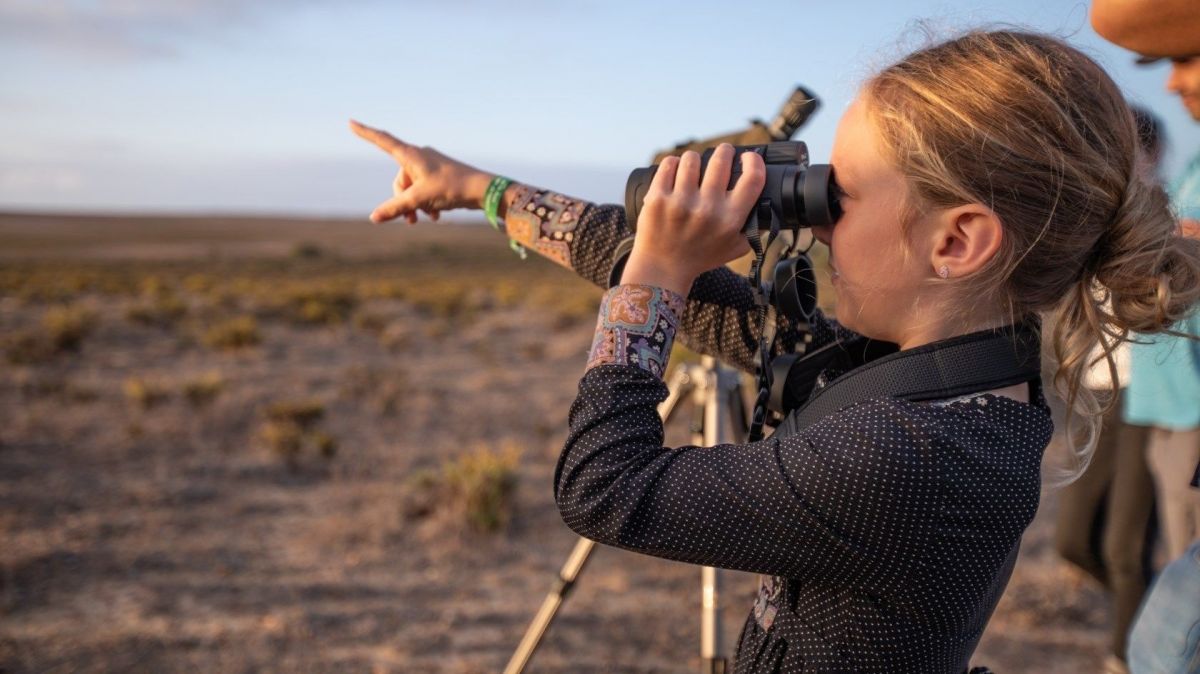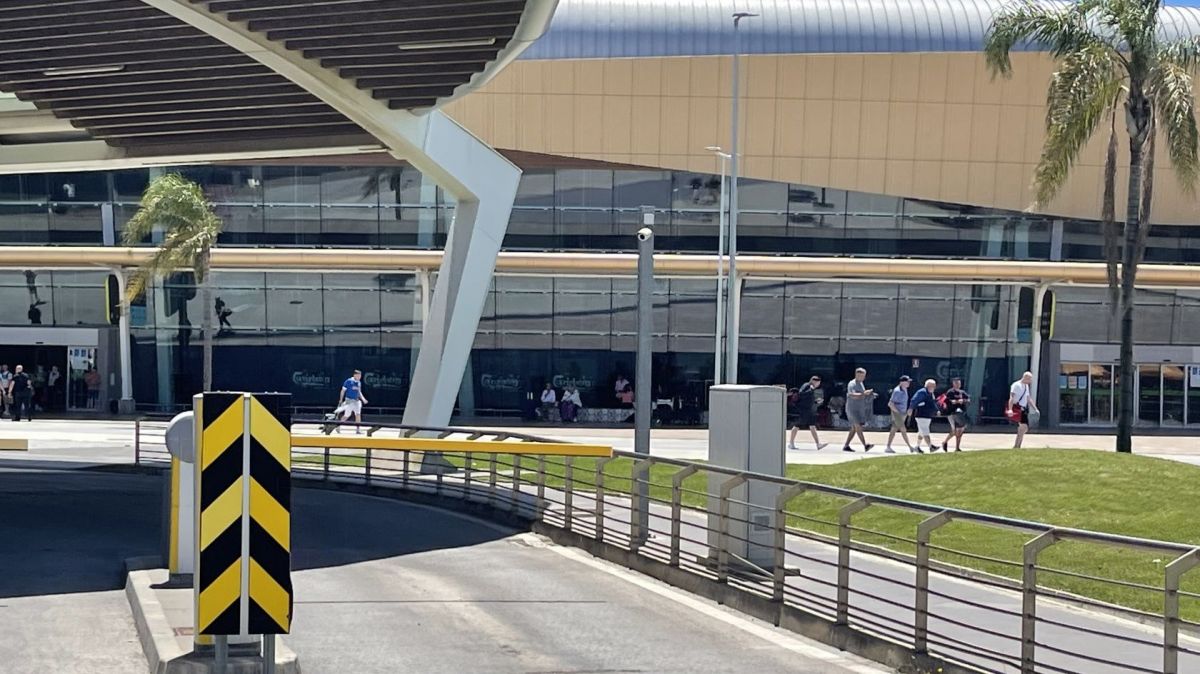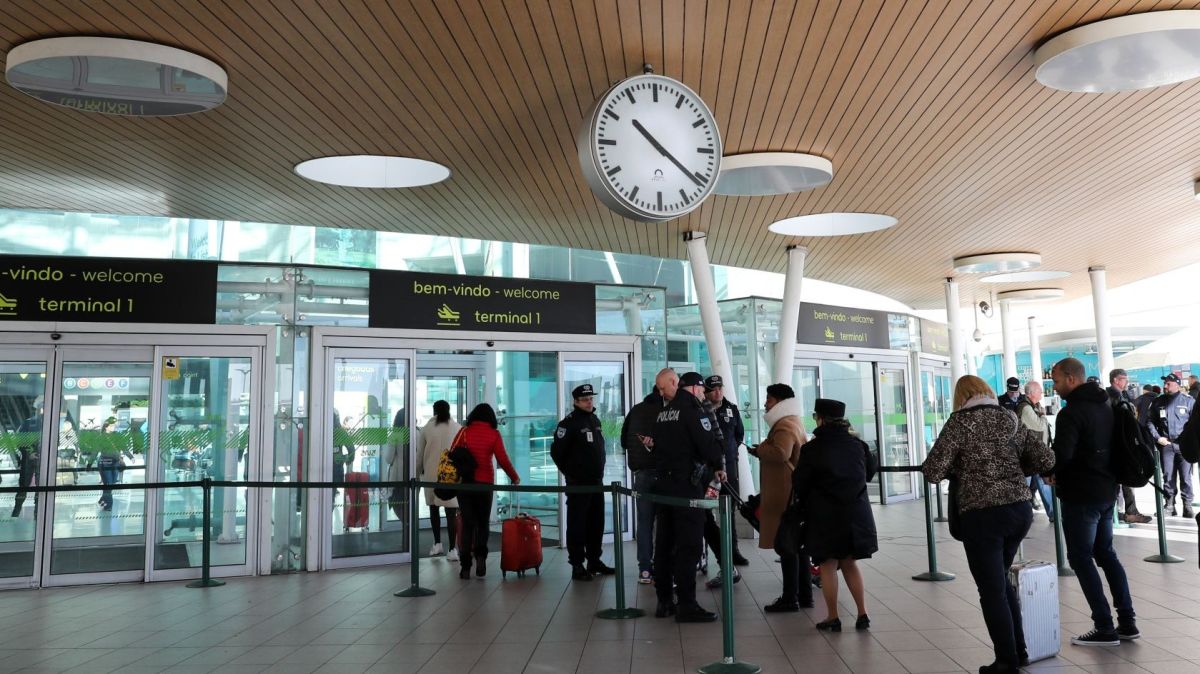Aboard the vessel Santa Maria Manuela, dozens of researchers anchored in Armação de Pêra Bay explored the entire park area, both on the surface and by diving, to observe and collect samples from the seabed, in an initiative promoted by the Blue Ocean Foundation, the Lisbon Oceanarium, and the Center for Marine Sciences (CCMAR) – University of Algarve.
During the campaign, approximately 20 species were identified—primarily crustaceans and also gorgonians, corals that form underwater gardens and provide shelter and food for other species—which, while not new to science, are unique to this specific area, says Jorge Gonçalves of CCMAR, the expedition's scientific coordinator.
"We identified a relatively large species [of gorgonian] that had not been recorded in the park and has now been observed for the first time," he explained, adding that the reef area also contains calcareous algae that form calcium carbonate structures, "a kind of underwater dune, a unique ecosystem that shelters hundreds of other species," acting as carbon sinks.
Unlike gorgonians, which are animals, these coralline calcareous algae (red in colour) that also exist in the park area are plants—they photosynthesize, removing carbon dioxide from the water and, indirectly, from the atmosphere—and together, they form a priority habitat for conservation.
Mapping
For six days, teams of researchers mapped iconic habitats such as gorgonians, seagrass meadows, coral gardens, and maerl beds through scientific diving and the use of various technology platforms for collecting images, including drones, remotely operated vehicles (ROVs), and underwater vehicles with baited fish traps.
According to Diana Vieira, project manager at the Oceano Azul Foundation, more than 30 dives were conducted during the campaign, totalling 24 hours of immersion, and many hours of video were collected, which will now be analysed to identify the species observed in the park.
"We are collecting additional information to serve as a basis for developing the special program and management regulations [for the park].
These are the instruments that will define the rules for the Marine Park—what will be permitted, what will be conditioned, or what will be prohibited—and are being developed by the ICNF [Institute for Nature Conservation and Forests], in collaboration with the CCMAR and other entities," she said.
In addition to finding fish of a certain size, which is a "good sign," large corals were also observed and a small, dark cave was discovered, home to typical deep-sea species: "I especially highlight the yellow gorgonians—'Paramuricea grayi'—very large and beautiful. It was a surprise, more aesthetically than scientifically, but still very interesting," he concluded.
In this area ,1,059 marine species have already been identified—754 invertebrates, 152 fish, 61 seabirds, and 82 macroalgae—including species of commercial value, biomedical potential, and tourism interest, some of which are rare and endangered.
The expedition was supported by the ICNF, the National Maritime Authority, and the municipalities of Albufeira, Lagoa, Portimão, and Silves.















